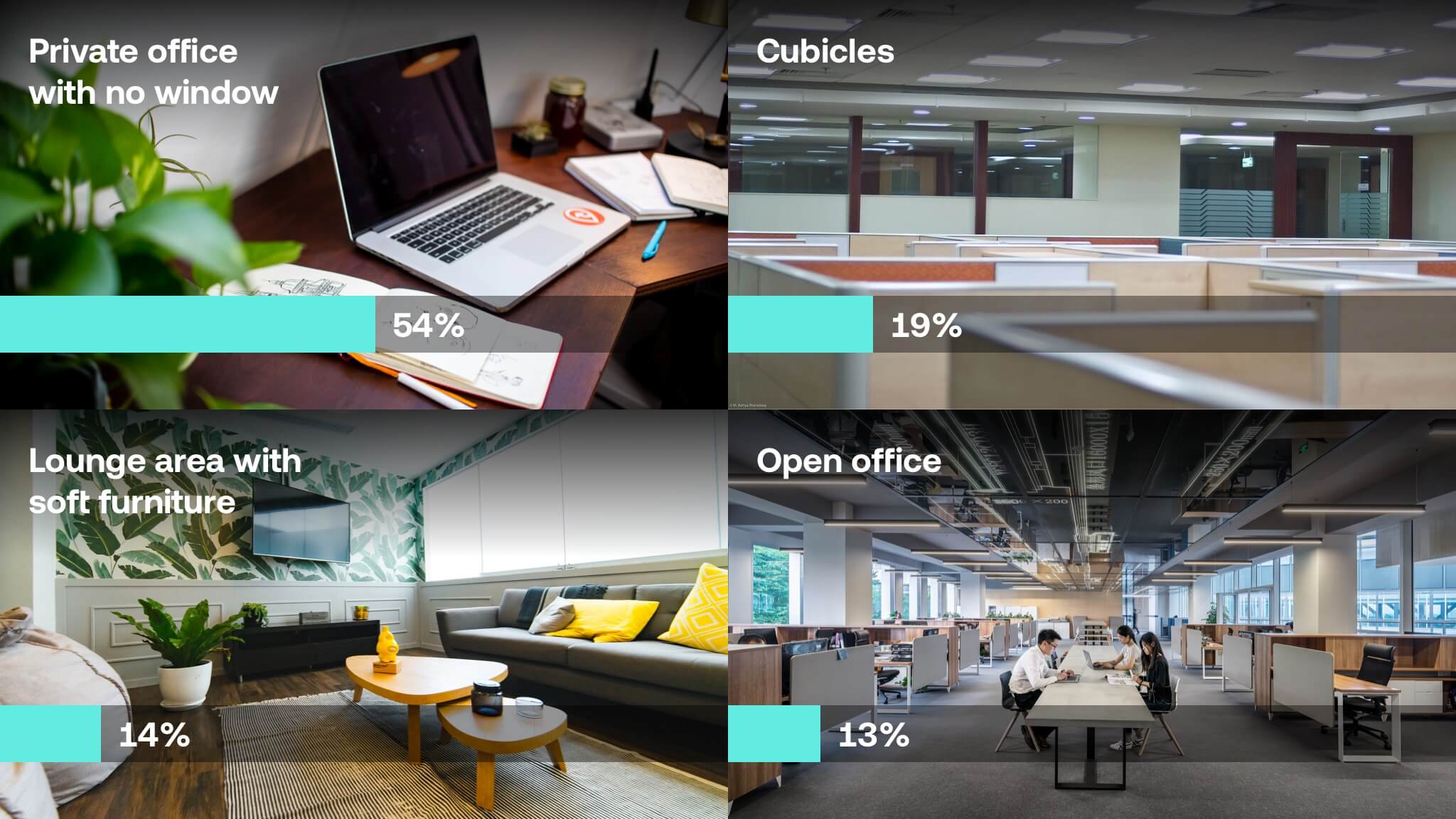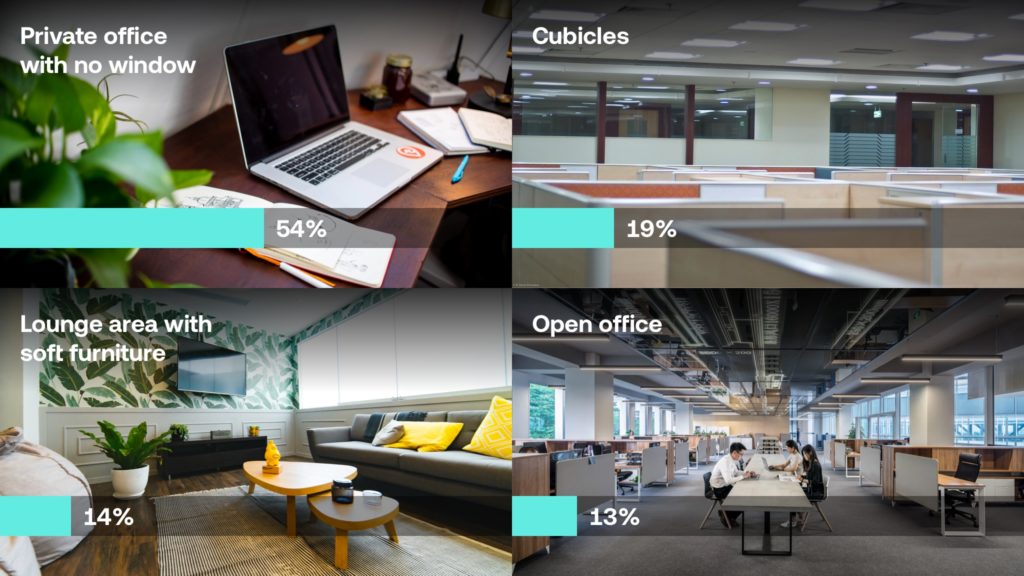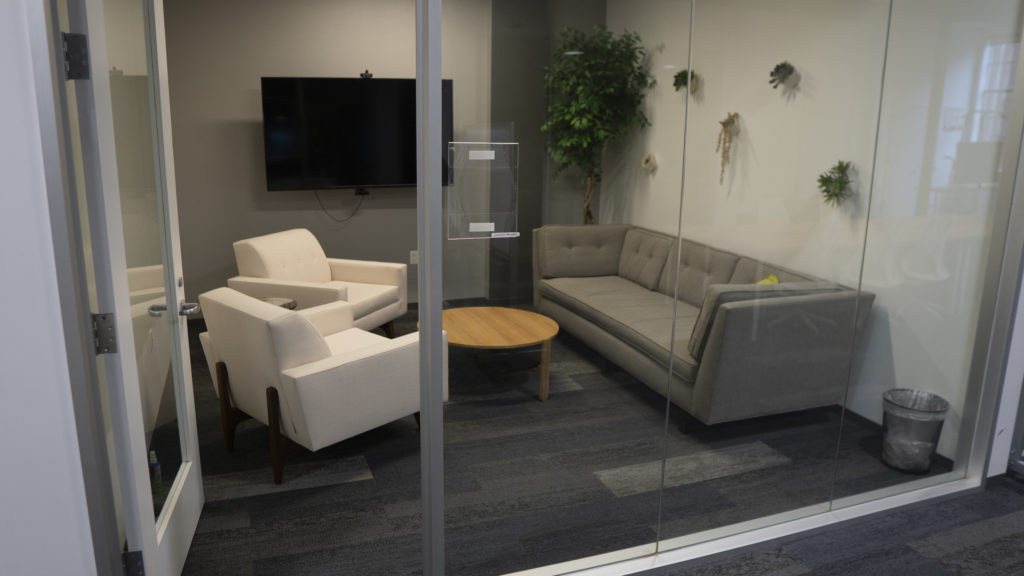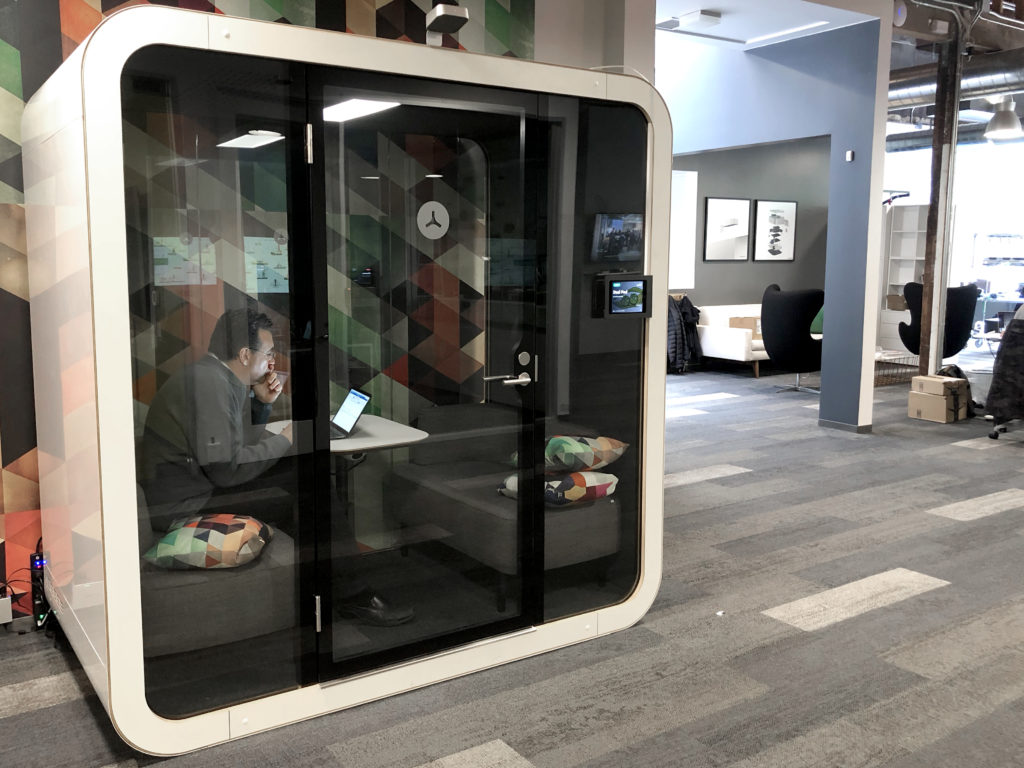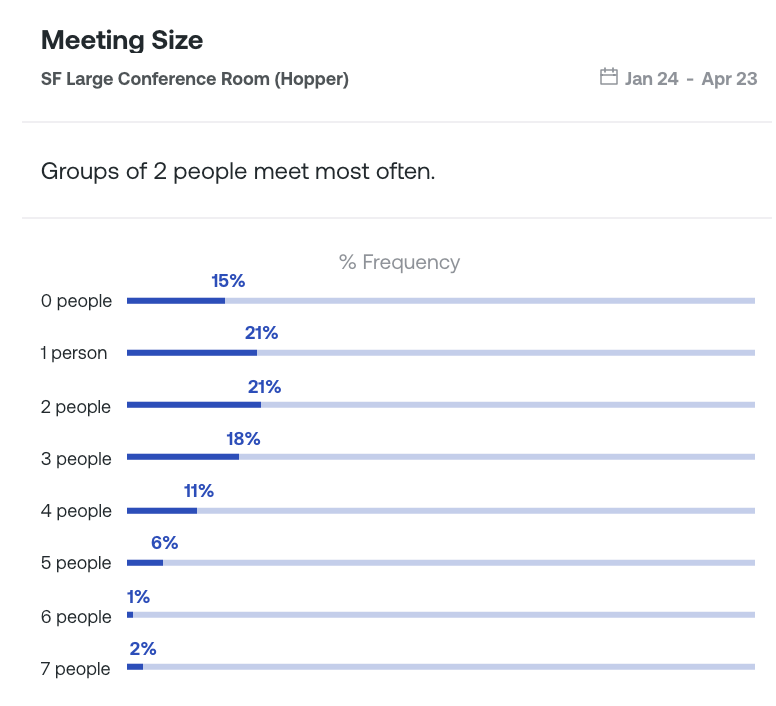‘Future offices’ in 2017
Two years ago, I attended a biannual event called “Future Offices,” in Seattle. The conference consisted of attendees from a handful of West Coast-based companies including eBay, Expedia, Starbucks, and Amazon. With a title like “Future Offices,” I expected the event to feature futuristic views on the workplace. I imagined an office straight out of the Jetsons with elaborate robotic contraptions and holographic screens.
To my surprise, the conversation wasn’t especially futuristic. There was little talk of technology or gadgets from the future. When technology was mentioned, it revolved around one central question, “what is it employees want?” One panelist explained, “The need to know what employees want is why we are all here.”
Data matters
Speakers at the event advocated for measuring and responding to employee needs with data. The subtext of the conference was that effective offices start with an understanding of what employees actually need. Melissa Marsh, Senior Managing Director of Occupant Experience at Savills Studley explained, “We’re always analyzing the choices that individual consumers make and making decisions on that data. We need to do the same in office spaces. We need to collect data on choices and preferences. This gives control to the users.”
Judith Heerwagen, author of Biophilic Design, shared the importance of data in the context of her scientific research on government buildings. “We spend billions on understanding what makes humans sick, we should be equally focused on what makes us well.” A requirement for a “health-promoting building” is measurement. “We think of people as clones, but it’s not a one size fits all…Devise what you should measure, then measure, then learn. Own outcomes, fail fast.” (To read more on Heerwagen’s work, here is an article I wrote on her perspective)
Heerwagen and Marsh advocated for using data to measure the interaction of physical space and employees. They argued that data points were requisites for providing an optimal office environment. Want to know if you should build more conference rooms? Measure how employees use the existing ones. Want to know if they use a lounge area as intended? Measure what employees do in the lounge. Want to know whether to downsize or expand? Measure how many people use every room, building, and floor.
Reluctance to change
Two years ago, this message seemed ahead of its time. While there was an impressive list companies represented at the Future Offices 2017, none shared how they successfully used data on their employee needs to dictate the design and services they offered in their workplace.
Coverage on workplaces over the past few years reflects how few companies actually design workplaces to the specifications of their own employees. Design fads and generational stereotypes guide workplace design, not data on the employees that use the space. Reporting on workplace offers a reductionist perspective: All open offices are bad, all millennials require mid-century modern couches, and a free lunch makes everyone happy.
This myopic understanding of workplace has perpetuated unsuitable work environments. 67% of office workers cite workplace design as part of the reason they left their last role. We live in an age where we can track how many hours are spent in every app, but have no idea of how physical space is used. As a result, 40% of all workplaces are simply unused.
‘Future offices in 2019’
Despite underutilization and unmet needs at many workplaces today, there is reason to be hopeful. I attended Future Offices 2019 in New York, and it seemed that most of the workplace teams were finally catching up to the ideas presented in 2017.
The same question that was posed in 2017, “What is it employees want?” was still a central focus of Future Offices 2019, but there were finally some answers. Workplace leaders offered new perspectives on how they collect data on employee needs, and shared how they put their findings into practice. I was struck by the thoughtful approach so many workplace teams took towards providing an optimal environment.
Here are my takeaways from workplace leaders who are taking a data-driven approach to improving their workplaces.
1. Employees want privacy
Rhio Champine, an engineer at the credit scoring company, FICO, shared the emphasis he placed on GDPR while implementing technology solutions. Collecting data doesn’t mean invading privacy, especially in the age of GDPR.
2. Employees aren’t numbers
On a panel on Change Management with Clark Nexsen, Verizon, and House of Commons, CEO of Kadima Leadership, Danielle Kennedy, explained, “Employees will see change in terms of how it will affect them personally.” Kennedy suggested that when using data to justify any large-scale change to the workplace, make sure to communicate in terms of how it will impact an employee’s individual needs.
2. Humans aren’t above animal needs
‘Biophilia,’ describes the innate tendency for humans, like other animals, to affiliate with nature. On a panel called “A Biophilia Approach: Bringing Nature Into the Design of Your Office” there was an appreciation for the ways humans are impacted by light, sound, and space. Air quality control, office plants, and noise-cancelling headphones were all elements of biophilic design showcased at the event. Like animals, humans migrate to the spaces that best suit their needs, so it’s important to understand where they spend time and why.
3. There isn’t one “workplace experience”
Larry Segal, Real Estate Development Lead at Atlassian shared how his workplace team anticipates the needs of different employees in a thoughtful way. Atlassian moved its Nursing Rooms to rooms with a window view, so new mothers would have a better environment to pump at work. The company also went beyond American Disability Act (ADA) requirements, and made all conference rooms and phone booths wheelchair accessible. In the lunchrooms, all food and beverage options are wheelchair height. A key theme at the event was to cater to different workplace experiences by understanding differing needs.
4. Utilization data informs space allocation
Kristina Zacharias manages the workplace for New York University, one of the largest real estate owners in New York City. At the event, she shared how her team values both quantitative and qualitative data. With occupancy analytics from Density, NYU was able to measure how spaces were being used and justify real estate decisions.
The multiple perspectives expressed at Future Office 2019 demonstrated there won’t be one type of office in the future. That’s a good thing, because there isn’t one type of employee. Any office can be improved if workplace decision-makers take a data-driven, yet compassionate approach to understanding employee needs. In a world where competition for employee attention and retention is fierce, Judith Heerwagen’s advice seems more relevant than ever: “Devise what you should measure, then measure, then learn. Own outcomes, fail fast.”

